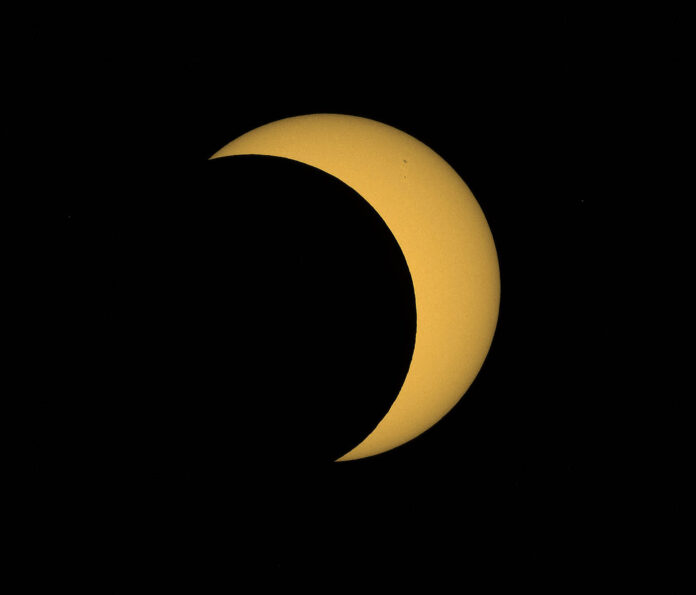
For those who could not make the trek to Saturday’s (Oct. 14) annular eclipse path running from Oregon through Texas, they were treated to a partial solar eclipse locally where about 70 percent of the sun’s disk was obstructed by the moon.
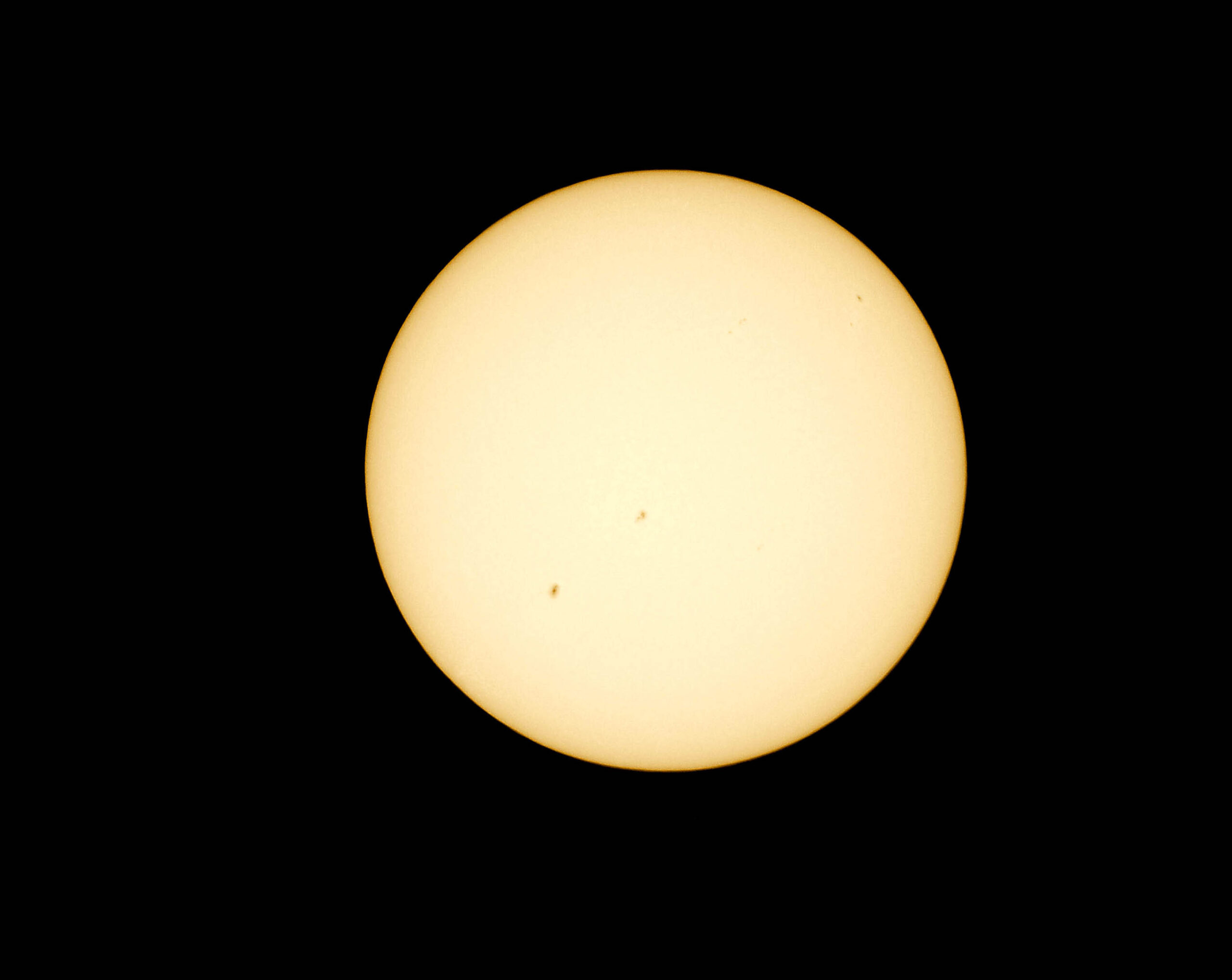
Light levels noticeably dimmed near maximum coverage and roosters crowed in neighbors’ yards. Viewers with telescopes were treated to sunspot groups on the sun’s surface.
Images taken through a safe solar filter with 135mm, 200mm and 300mm camera lenses showed the changing face of the sun as it underwent a partial eclipse by the moon. The spherical shape of the blackened moon placed on top of the spherical sun presented a 3D effect, especially when viewed through a telescope.
Photos by Phillip Brents
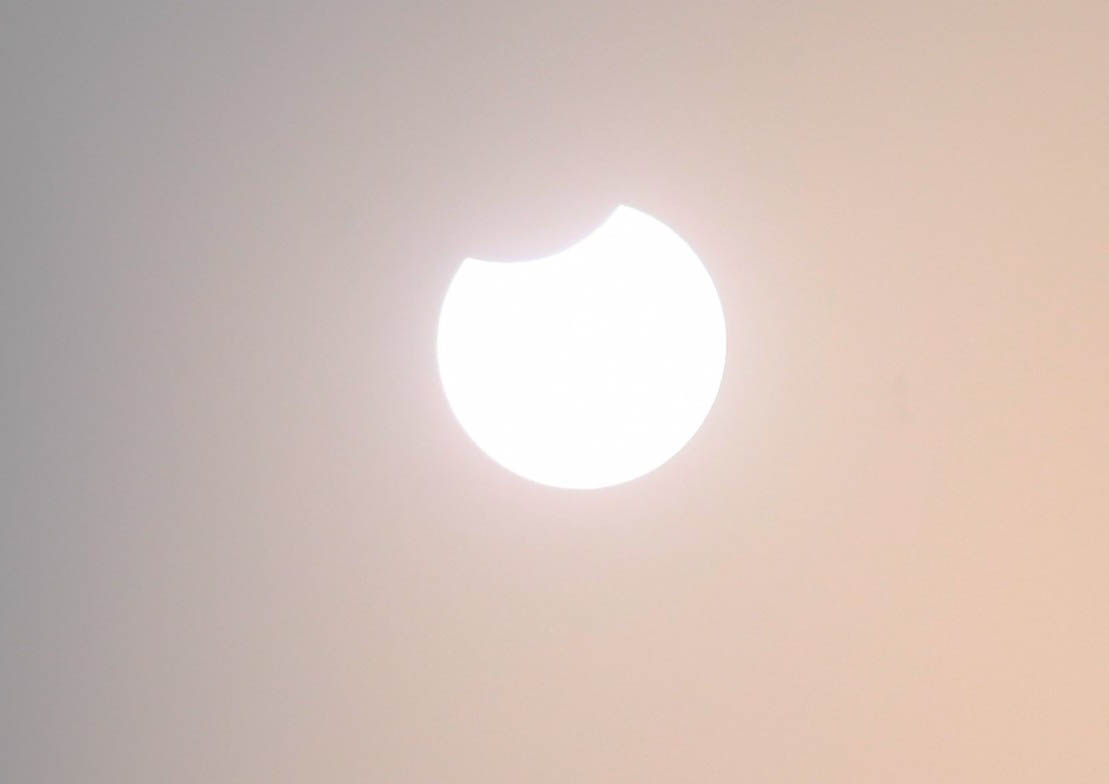
At 135mm
The first bite … then more
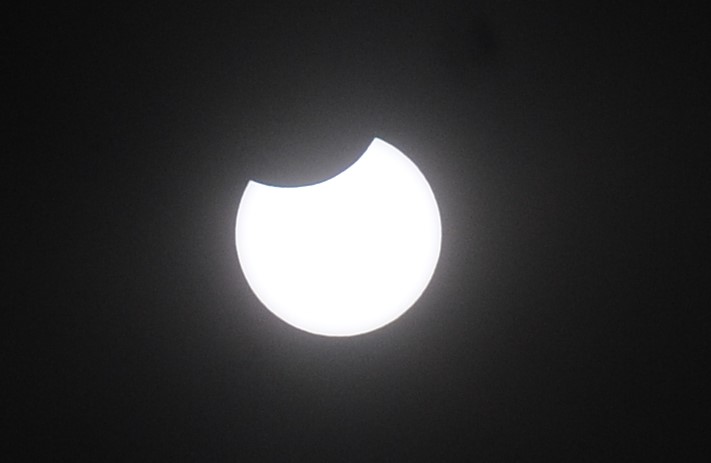
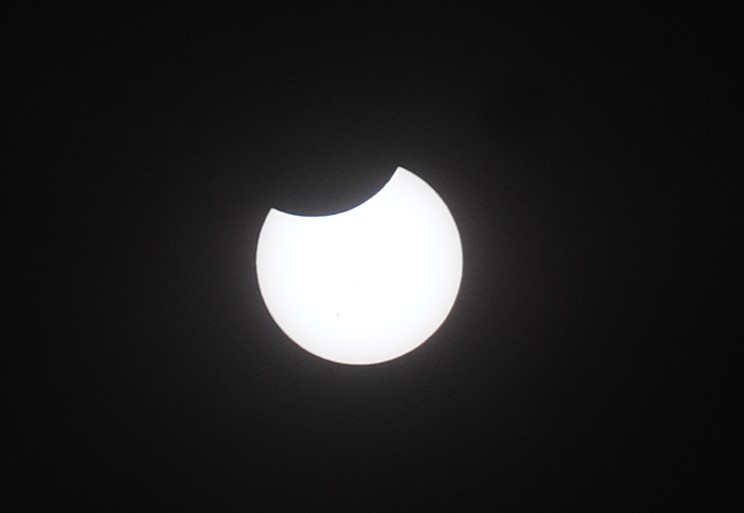
At 200mm
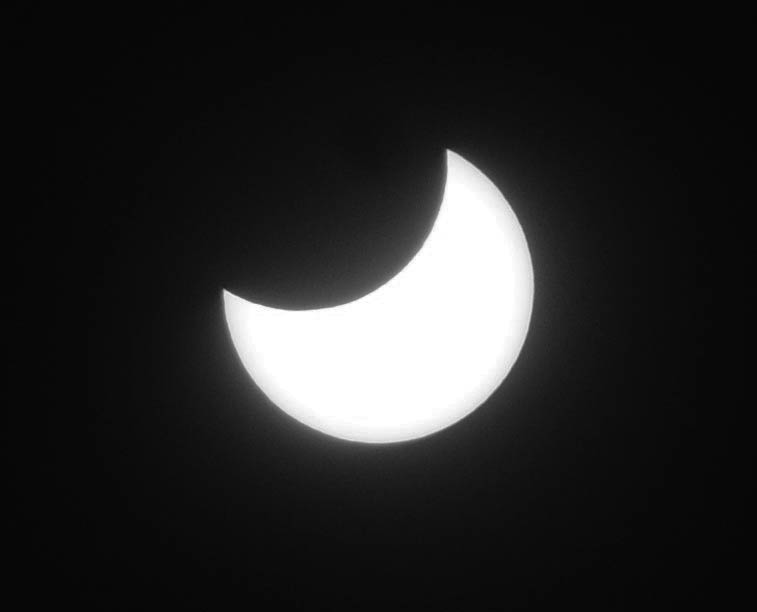
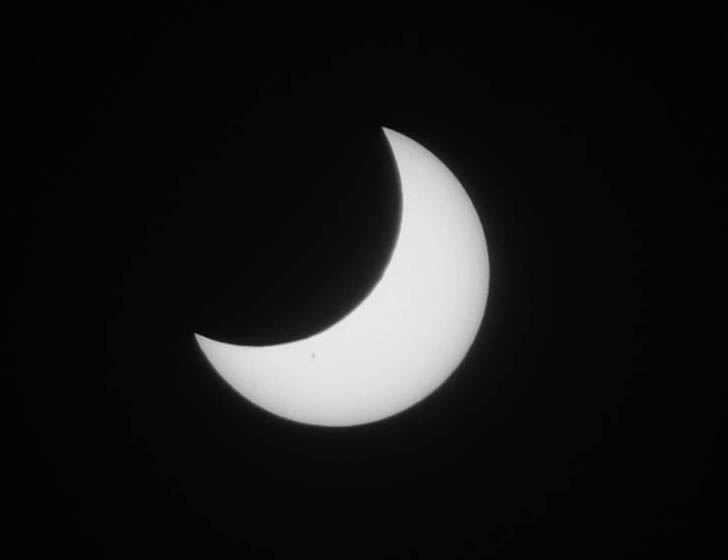
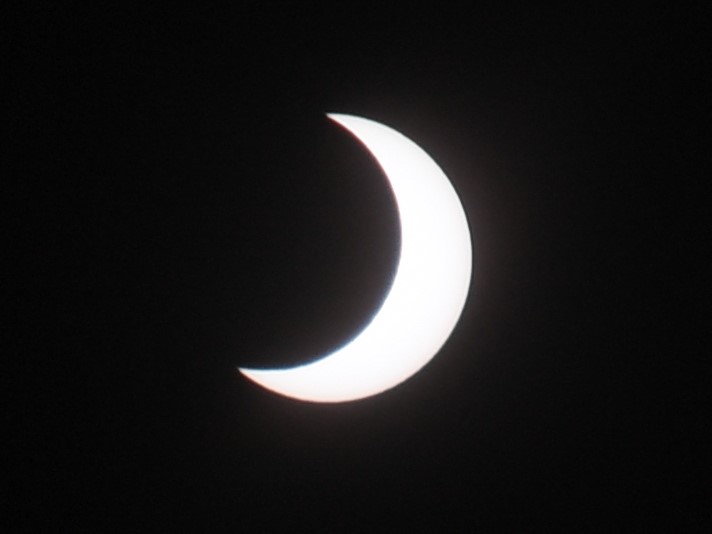
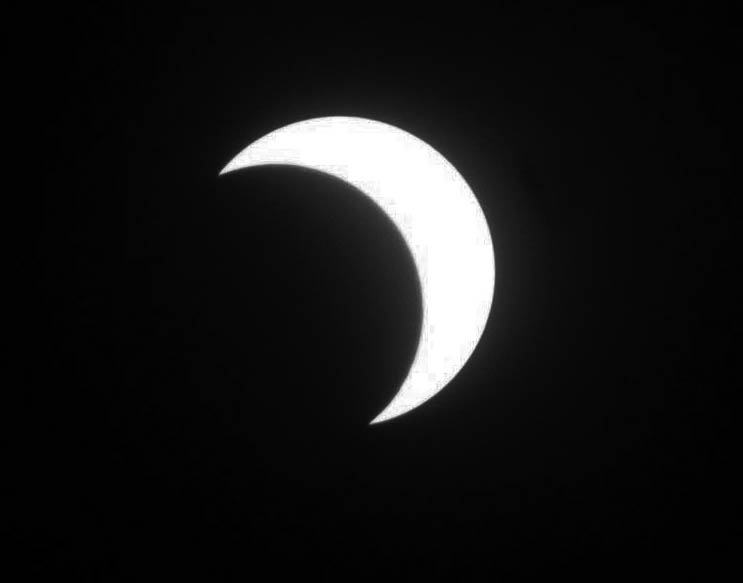
At 300mm
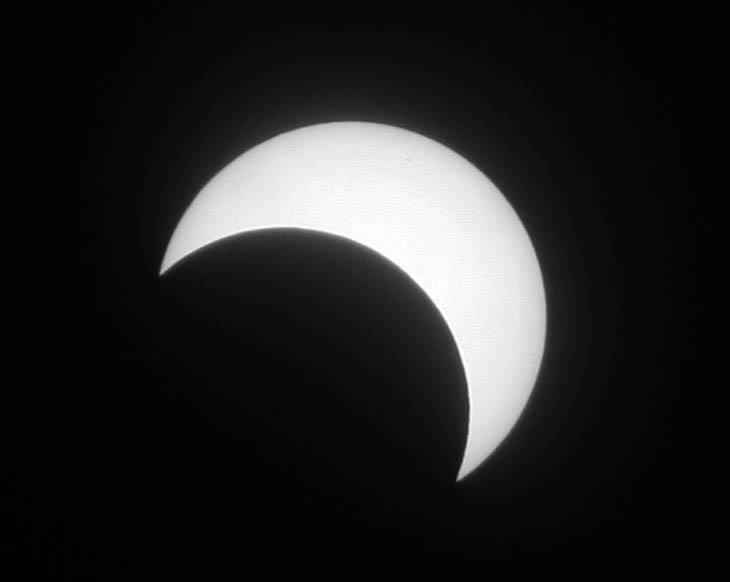
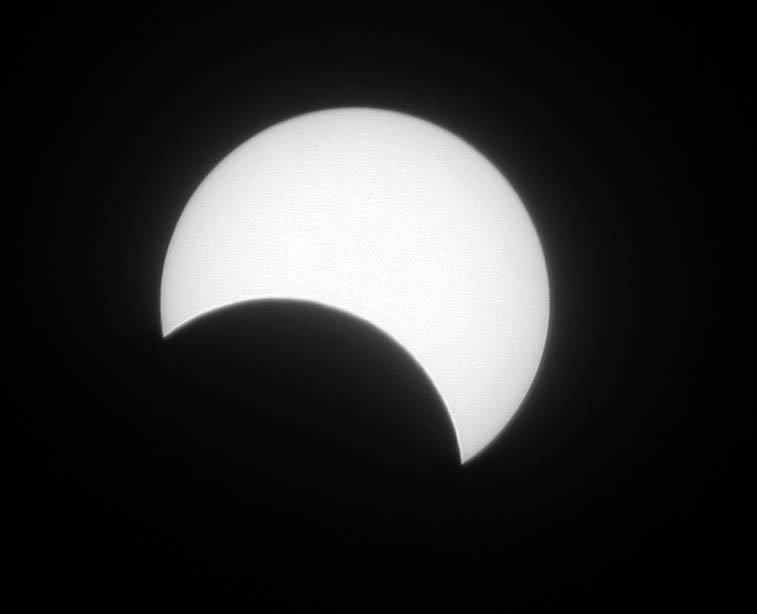
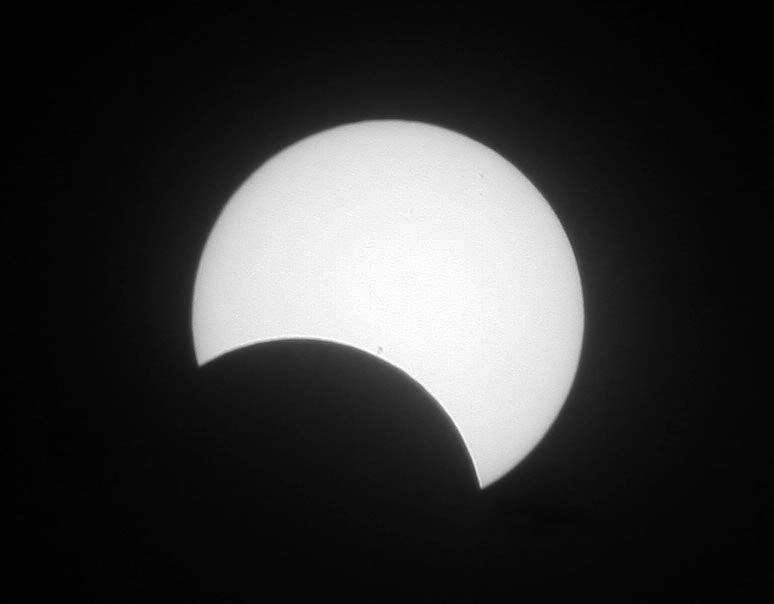
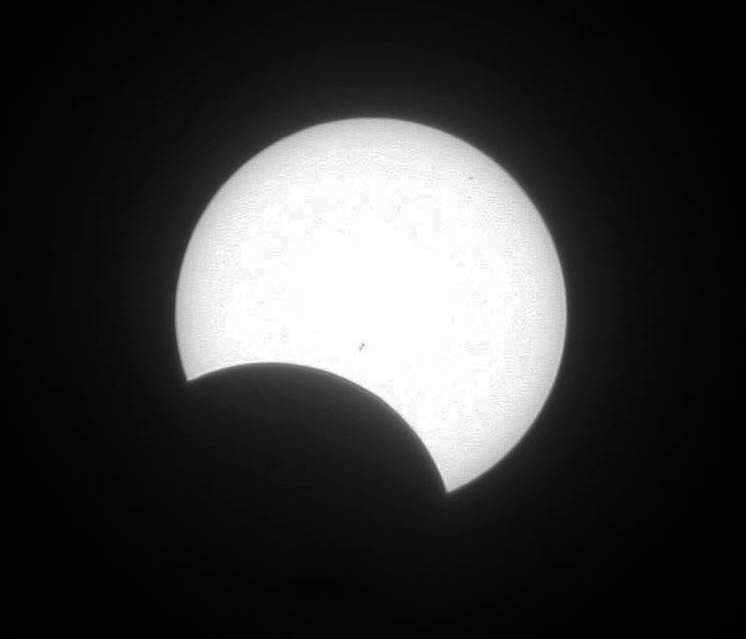
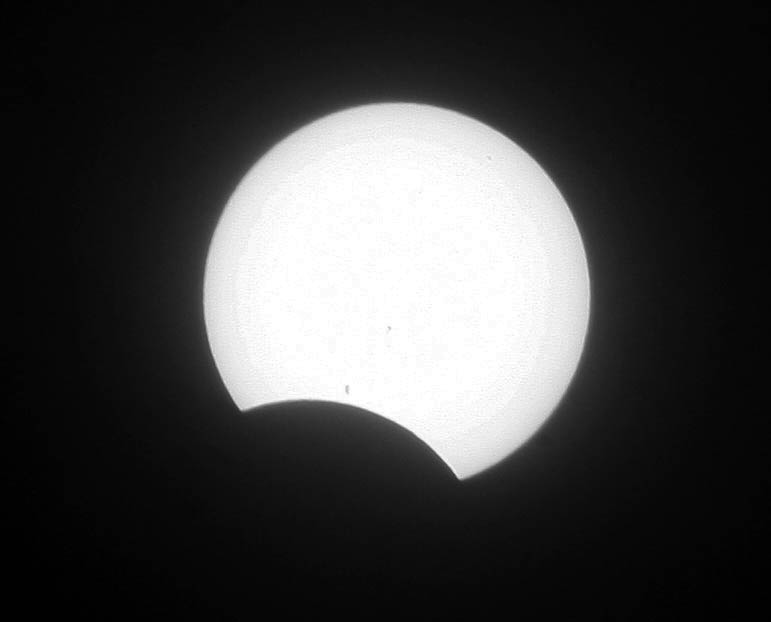
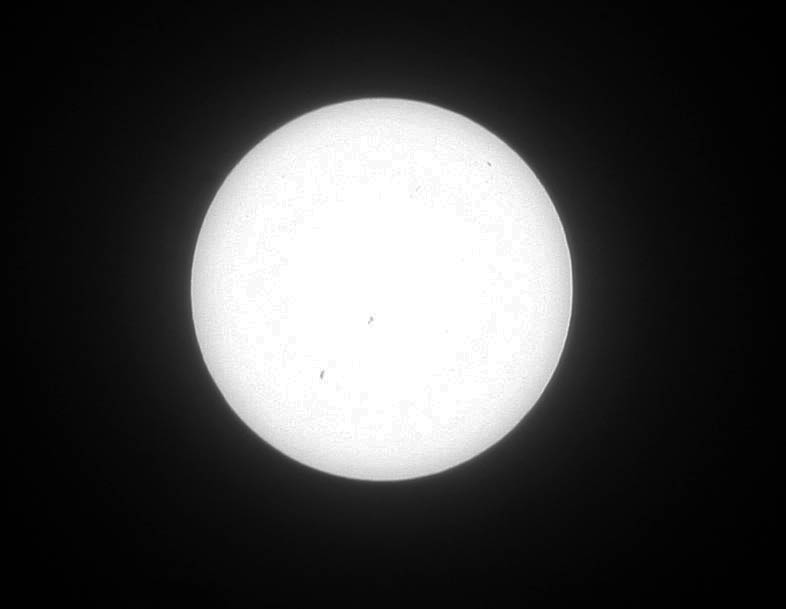
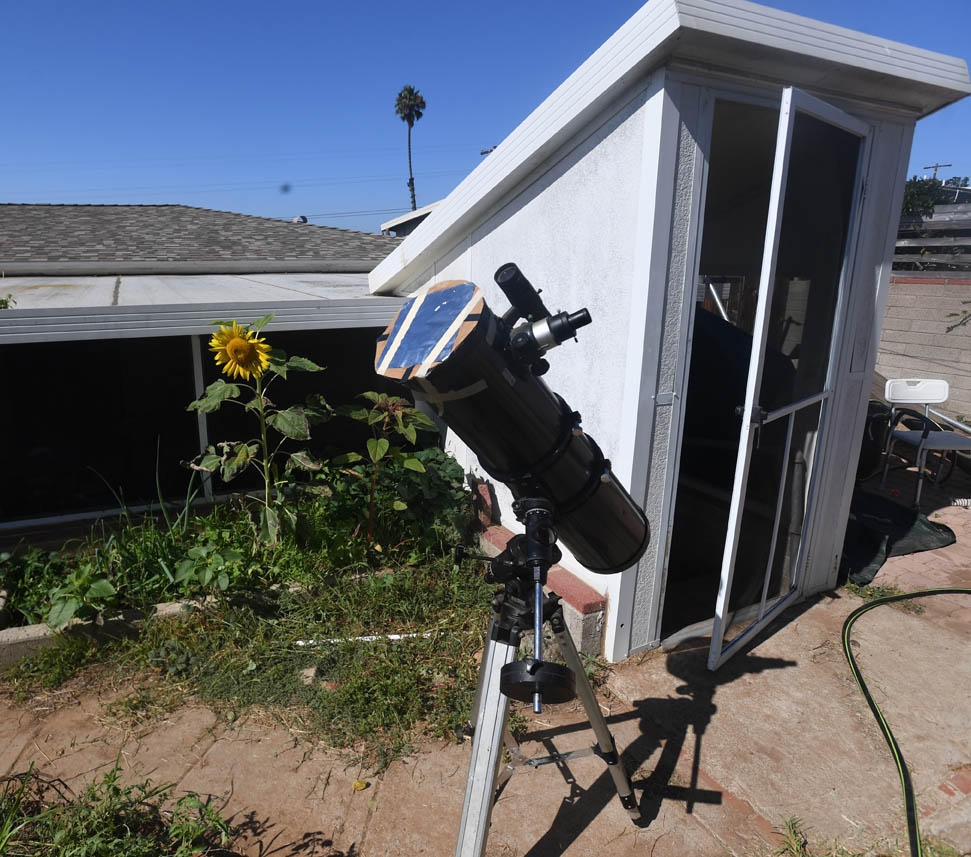
Telescope, 40x


